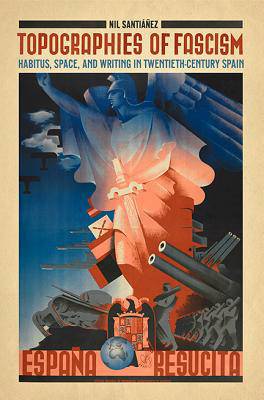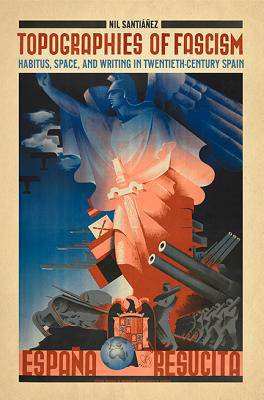
- Afhalen na 1 uur in een winkel met voorraad
- Gratis thuislevering in België vanaf € 30
- Ruim aanbod met 7 miljoen producten
- Afhalen na 1 uur in een winkel met voorraad
- Gratis thuislevering in België vanaf € 30
- Ruim aanbod met 7 miljoen producten
Omschrijving
Topographies of Fascism offers the first comprehensive exploration of how Spanish fascist writing - essays, speeches, articles, propaganda materials, poems, novels, and memoirs - represented and created space from the early 1920s until the late 1950s. Nil Santiáñez contends that fascism expressed its views on the state, the nation, and the society in spatial terms (for example, the state as a "building," the nation as an "organic unity," and society as the "people's community"), just as its adherents celebrated fascism in its architecture, public spectacles, and military rituals.
While Topographies of Fascism centres on Spain, a nation that produced a large number of fascist texts focused on space, it also draws on works written by key German, Italian, and French fascist politicians and intellectuals. Ultimately, it provides an innovative model for analyzing the comparable yet often overlooked strategies of symbolic representation and production of space in fascist political and cultural discourse.
Specificaties
Betrokkenen
- Auteur(s):
- Uitgeverij:
Inhoud
- Aantal bladzijden:
- 430
- Taal:
- Engels
- Reeks:
Eigenschappen
- Productcode (EAN):
- 9781442645790
- Verschijningsdatum:
- 18/06/2013
- Uitvoering:
- Hardcover
- Formaat:
- Genaaid
- Afmetingen:
- 150 mm x 231 mm
- Gewicht:
- 771 g

Alleen bij Standaard Boekhandel
Beoordelingen
We publiceren alleen reviews die voldoen aan de voorwaarden voor reviews. Bekijk onze voorwaarden voor reviews.












